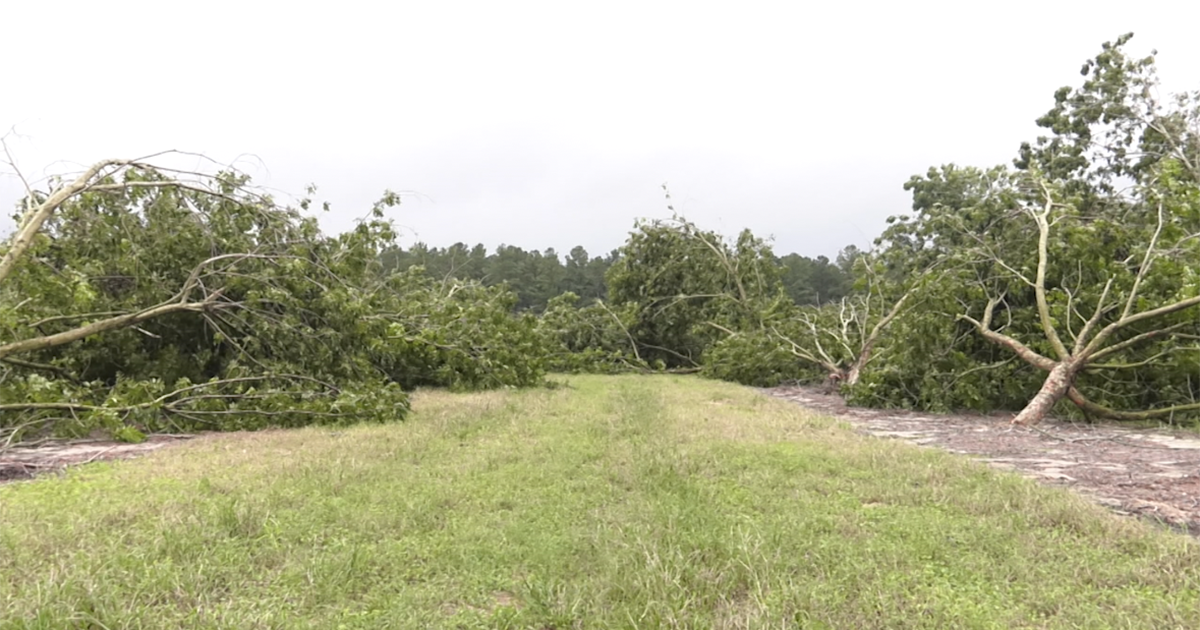Byron, GA
Recently at the USDA Research Farm in Byron, pecan growers gathered for their annual Fall Field Day – a day that allows producers from around the state the chance to fellowship and hear from industry experts – something that’s vital to the industry and its success.
“It’s not just for the education of how to grow nuts and what to do, but it brings everybody together as a community and makes you feel like you’re really part of something. Makes you know that Georgia’s not just here as a state, but we are a farming state and that we need to come together as a unit to work together more than away from each other. That’s what these meetings do. They bring us all together to learn and to meet the new folks and to keep this farming industry alive in Georgia,” says Chris Clough, GPGA President.
Of course, this event came just days after Hurricane Idalia ripped across the state, leaving damage and chaos behind, especially in the state’s pecan crop, which was just weeks out from harvest.
“Hurricane Idalia did definitely hit the pecan industry pretty hard, especially in the extreme southern part of the state. Probably as you go from Brooks County over to Lowndes and then up into Berrien County is probably some of the worst damage that I have seen from it. As you go north from there, it gets a little less. There’s still some serious injury and damage in those areas, but it’s a little more sporadic, but certainly that Brooks, Lowndes, Berrien Counties and a few counties surrounding that had some really serious damage,” says Lenny Wells, UGA Pecan Specialist.
They won’t know the full scope of the damage for some time, but Wells says a large percentage of this year’s crop was most certainly lost due to the path Idalia took, which was straight through part of Georgia’s pecan growing region.
“If you look at the path of the hurricane through the southeastern part of the state, that area probably accounts for about a third of the pecans grown in the state and I would say somewhere around a third of the nuts in that region have been affected,” says Wells.
According to Clough, the industry has again been dealt a heavy blow, but says there’s a silver lining in all of this, and that’s the opportunity to rebuild.
“Everybody looks at it as a disaster that was along the hurricane path. It’s really not a disaster. Once you look past the fallen trees and the lost crop it’s really an opportunity. It’s an opportunity for growth, it’s an opportunity to replace some of your older varieties and start regenerating your orchards back to young stuff again,” says Clough.
By: John Holcomb

